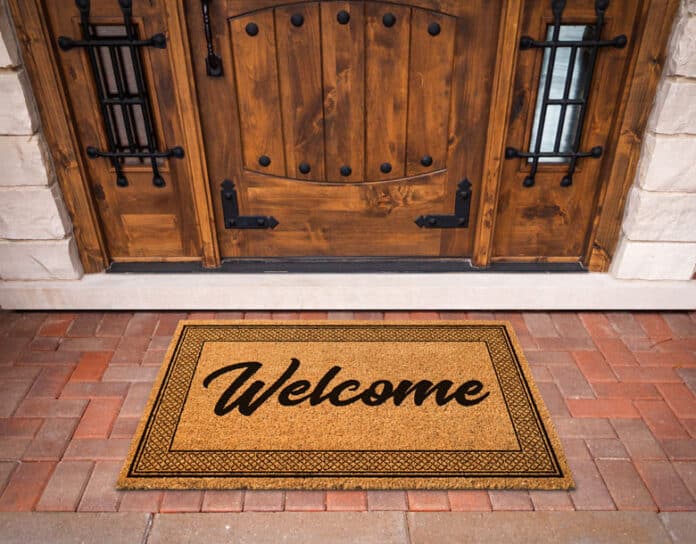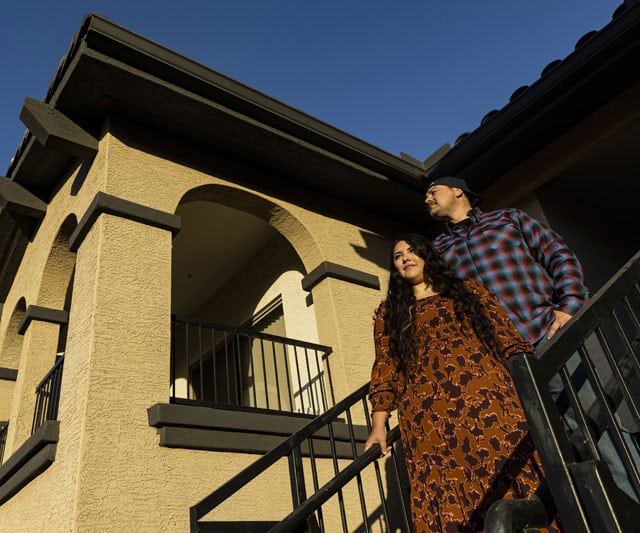The fixer-upper has lost its luster with home buyers, who are willing to pay 3.7% more than expected for a home that is already remodeled — an additional $13,194 on a typical U.S. home.
That’s according to a new analysis by Zillow, which finds the highest sale price premium of all 359 listing keywords analyzed across more than 2 million homes listed for sale in 2024.
Listings for remodeled homes on the Zillow website garner 26% more daily saves and are shared with a shopping partner 30% more often than similar homes have not been remodeled. The finding indicates that shoppers are more serious about these listings and more likely to proceed further in the home-buying process.
Remodeled homes haven’t always generated so much interest or price premium. Last year’s analysis of listing keywords found the term “remodeled” only contributed to a 0.8% sale price premium. Before the pandemic, listings that mentioned “fixer,” “TLC,” “needs work” or “good bones” were more likely to sell than others.
“Fixer-uppers can be appealing to a first-time buyer trying to get their foot in the door of homeownership because they offer a lower initial price of entry,” says Amanda Pendleton, Zillow’s home trends expert, in a news release. “However, buyers who are already stretching their budget to afford a home in today’s market may not be willing or able to spend more on renovations or repairs. A remodeled home may come with a higher price tag, but a buyer would get to spread that additional cost over the course of a 30-year mortgage versus paying cash upfront to make similar upgrades themselves.”
Fixer-uppers were traditionally in the homebuying bargain basement, but they are increasingly becoming an option reserved for cash-flush buyers who want to customize every inch of their space. A “fixer-upper” sells for 7.3% less than a similar home, the largest discount in three years. Homes described with “needs work” or “TLC” sell for about 8% less than expected. That equates to more than $28,000 on a typical U.S. home. But the rising costs of renovations, fueled by inflation and high interest rates, mean any savings may be illusory.
Interest in the fixer-upper picked up in the mid-2010s. As home prices rebounded from the Great Recession and rapidly increased, first-time millennial buyers sought more affordable options, choosing homes that needed work rather than move-in-ready properties.
Before-and-after renovation TV shows and the DIY movement gained popularity, inspiring many to take on the challenge of a fixer-upper. And rapidly appreciating home values meant that homeowners could suffer a few mishaps or budget overruns and still see appreciable equity gains.
But home value appreciation has cooled off. In 2024, homes appreciated 2.6%. Zillow predicts a 2.9% increase in home value in 2025. Sellers can no longer be assured that a costly gut renovation is an investment that will quickly pay off, Zillow says.
The company reports that 28% of for-sale listings on Zillow are described as “renovated.”







